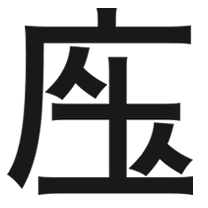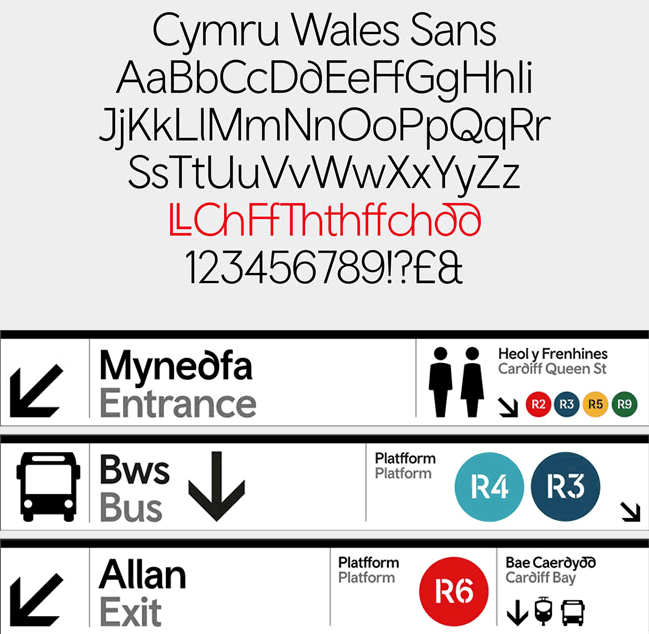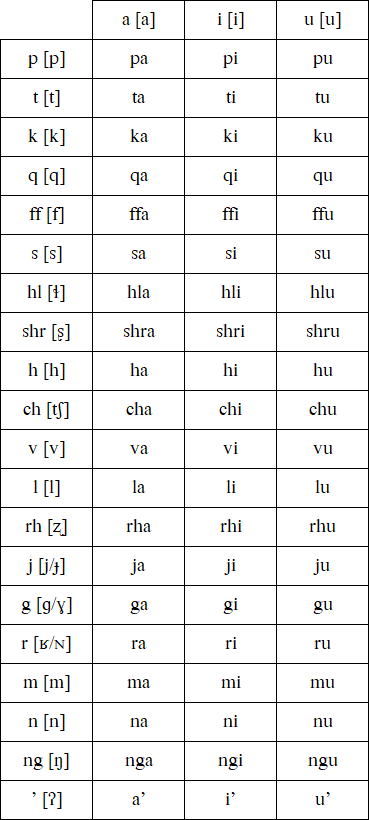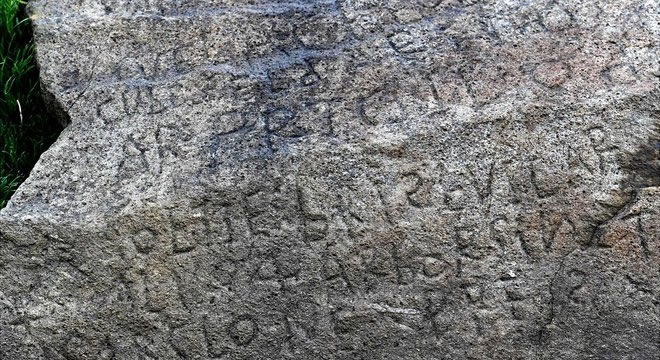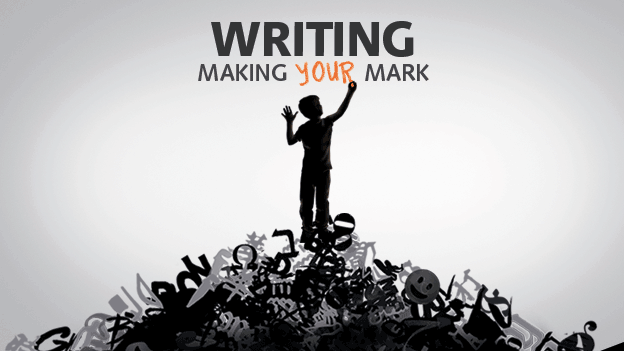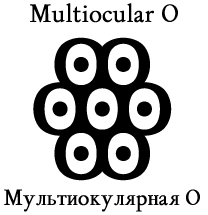Yesterday I was sent another alternative orthography for English. I receive them quite often, usually for English, but sometimes for other languages. Some involve only minor changes to the current system, while others involve significant changes, and often lots of diacritics and/or extra letters.
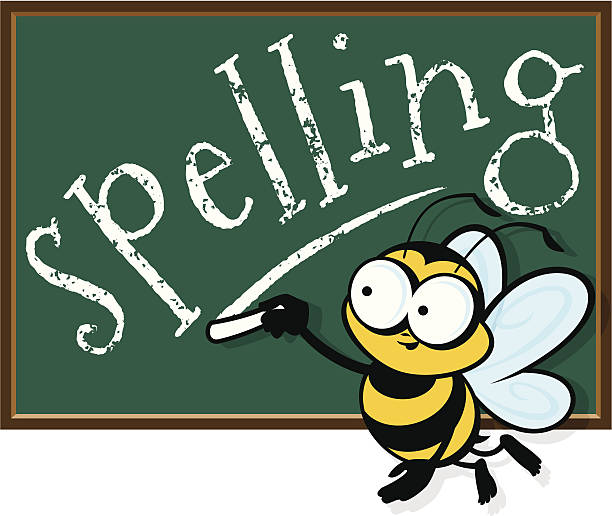
I’m also sent adaptations of other alphabets for English (and other languages), and original constructed scripts, some of which use the standard spelling system, and others use reformed/improved versions. I’m more inclinded to add the constructed and adapated scripts rather then the alternative spelling systems, if I think they are sufficiently interesting, original and elegant.
Here’s is an example of Article 1 of the Universal Declaration of Human Rights in several alternative orthographies for English, which appear on Omniglot.
This is the original text:
All human beings are born free and equal in dignity and rights. They are endowed with reason and conscience and should act towards one another in a spirit of brotherhood.
New English (Nū Iŋglıx)
This is a more logical and consistent spelling for English invented by Richard Parry.
Ōl hyūmən bī’ıŋz ā bōn frī and īkwəl ın dıgnıtī and ruıts. Ðeı ā ındaod wıđ rīzən and konxəns and xưd akt təwōdz wun ənuđə ın ə spırıt ov bruđəhưd.
Tower Orthography (Tawyr Oorthaagryfii)
This is was invented by Timothy Patrick Snyder and Rebecca Spatz with the aim of making a simple and phonetic system of writing.
Ol hjuumanz ar boorn frij and ikwol in dignitij and raits. Dhej ar indawd with riizon and kancints and cud akt twardz wyn ynydhyr in y spirit yv brydhyrhud.
Expressive English Alphabet (IKSPꞋΣSIϽ IИGLIƧ ΛLҒⱭBΣꞆ.)
This is was created by Marcel Burrows. It is designed to have one letter for each sound, and to allow people from any part of the world to write in their own accent.
ΔL HYUMⱭN BEIИZ A BΔN FꞋE ΛND EKႱⱭL IN DIGNⱭꞆE ΛND RÎCS. ꞜѦ AꞋ INDΩD WIꞜ REZⱭN ΛND KꙘNƧⱭNS ΛND ƧÜD ΛKꞆ ꞆⱭႱΔDZ ႱÛN ⱭNÛꞜⱭ IN Ɑ SPIꞋIꞆ ꙘV BꞋÛꞜⱭHÜD.
Here are some others that I decided not to add to Omniglot:
The Script (no other name supplied)
This was devised by Max Khovanski and seeks to make spelling completely unambiguous, and cuts out as many unnecessary letters as possible to improve typing and writing efficiency.
Āāl hūman bēings ar born frē and ēkwal in digniti and rīghts. They ar endawd widh rēson and kons’enc and shúd act tuuwāārds oun anudher in ā spirit of brudherhúd.
Reformed English (Reformd İnglɪʃ)
This was devised by Andy B. to explore the idea of a neatly and consistently formulated English spelling reform.
Ɔl hyuman biyiŋs ɔr born fri and ikwal ɪn dɪgnɪti and rɔits. Ðei ɔr endawd wɪþ rizon and kɔnʃens and ʃʊd akt towards wʌn anʌðr ɪn a spɪrɪt ʌv brʌðrhʊd.
New English (Nū Iŋglıx)
A more logical and consistent spelling for English invented by Richard Parry. There are two versions: the full orthography (shown first), and the new orthography (shown second).
Ool hyuumeun bii’ingz aa boon frii and iikweul in dignitii and ruits. Nhei aa indaod winh riizeun and konxeuns and xu’d akt teuwoodz wun eununheu in eu spirit ov brunheuhu’d.
Ōl hyūmən bī’ıŋz ā bōn frī and īkwəl ın dıgnıtī and ruıts. Ðeı ā ındaod wıđ rīzən and konxəns and xưd akt təwōdz wun ənuđə ın ə spırıt ov bruđəhưd.
To be practical, and easy to type, I think English spelling reforms should stick to the existing letters, rather than adding accented letters, and/or borrowing letters from the IPA or other alphabets. Using the regular aspects of the current orthography might be a good idea as well, rather than coming up with new spellings.
There are alternative ways to write some words in informal contexts, especially online, such as thru for through, that could be used.
What are your views on spelling reform for English, or other languages?
What do you think of the alternative spelling systems I’ve shared here?
